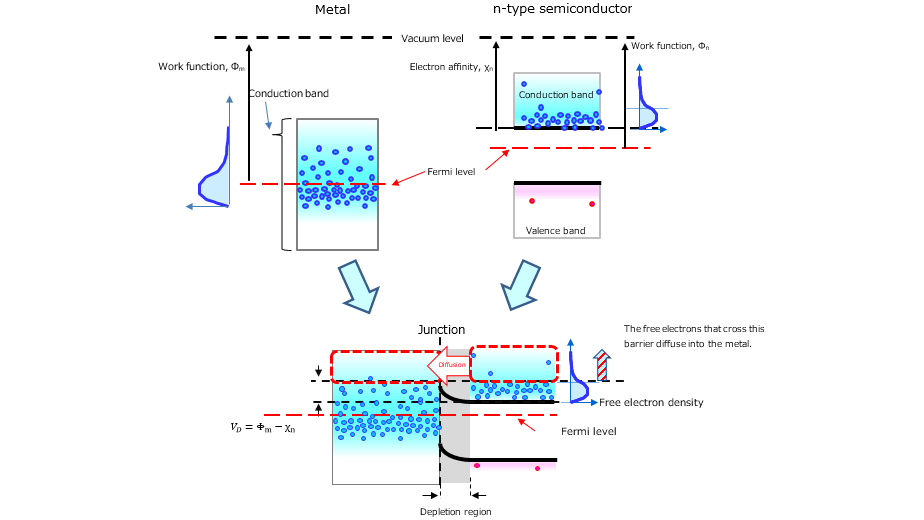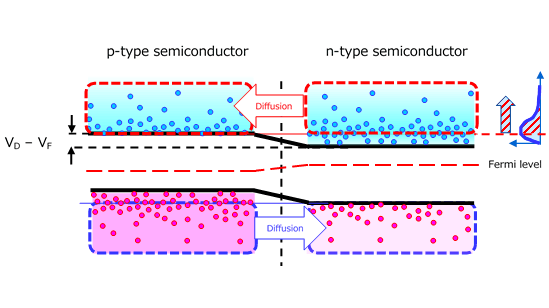- 半導體首頁
-
應用Automotive
Body Electronics
xEV
In-Vehicle Infotainment
Advanced Driver-Assistance Systems (ADAS)
Chassis
IndustrialInfrastructure
BEMS/HEMS
Factory Automation
Commercial Equipment
Consumer/PersonalIoT Equipment
Healthcare
Wearable Device
Mobile
Computer Peripherals
-
產品車用元件
Discrete Semiconductor
Diodes
電晶體
通用邏輯IC
Analog Devices
Digital Devices
Wireless Devices
※
: Products list (parametric search)
功率半導體※
: Products list (parametric search)
隔離器/固態繼電器Photocouplers
Digital Isolators
※
: Products list (parametric search)
MOSFETsIGBTs/IEGTs雙極性電晶體※
: Products list (parametric search)
Diodes※
: Products list (parametric search)
微控制器馬達驅動 ICs智能功率 ICs※
: Products list (parametric search)
電源管理 ICs線性 ICs※
: Products list (parametric search)
通用邏輯 ICs線性影像感測器其他產品其他產品
※
: Products list (parametric search)
-
開發/設計支援
開發 / 設計支援
-
技術知識
- 購買管道
- 型號 & 關鍵字搜尋
- 交叉搜尋
- 參數搜尋
- 線上庫存查詢跟購買
This webpage doesn't work with Internet Explorer. Please use the latest version of Google Chrome, Microsoft Edge, Mozilla Firefox or Safari.
型號需要超過三個文字以上 Search for multiple part numbers fromhere.
The information presented in this cross reference is based on TOSHIBA's selection criteria and should be treated as a suggestion only. Please carefully review the latest versions of all relevant information on the TOSHIBA products, including without limitation data sheets and validate all operating parameters of the TOSHIBA products to ensure that the suggested TOSHIBA products are truly compatible with your design and application.Please note that this cross reference is based on TOSHIBA's estimate of compatibility with other manufacturers' products, based on other manufacturers' published data, at the time the data was collected.TOSHIBA is not responsible for any incorrect or incomplete information. Information is subject to change at any time without notice.
型號需要超過三個文字以上
2. Metal-semiconductor junction
In the previous section, we have discussed the diffusion potential across a pn junction.
You now understand that the Fermi level is the reference energy level for the pn junction.
In the case of a metal-semiconductor junction, a metal and a semiconductor are joined together so that their Fermi levels line up with no external bias. Although the Fermi level is used as a reference point for the diffusion potential (barrier potential) of a pn junction, for a metal-semiconductor junction the work function is used as a reference point. The characteristics of the metal-semiconductor junction depend on whether the work function of the metal is greater or less than that of the semiconductor as described later.
These are some terms used here:
- Electron affinity: Generally, the electron affinity of an atom or a molecule is defined as the amount of energy released when an electron is attached to a neutral atom or molecule. The electron affinity of a semiconductor is a difference between the lowest energy level in the conduction band and the vacuum level. The electron affinity of a metal is equal to its work function.
- Fermi level: The Fermi level is the energy level that has a 50% probability of being occupied by an electron according to the Fermi distribution
- Work function: The work function is the amount of energy needed to remove a free electron from a molecule. It is equal to a difference between the Fermi and vacuum levels.
- Vacuum level: The vacuum level is the energy level of a charged particle (e.g., an electron) when it is in a vacuum with zero kinetic energy.

When an n-type semiconductor with a work function of Φn and a metal with a work function of Φm are joined together, the characteristics of the metal-semiconductor junction depend on the difference between Φn and Φm. A Schottky junction is formed when Φm > Φn whereas an ohmic junction is formed when Φm < Φn. The work function of a semiconductor is the Fermi level minus the vacuum level.
- 1/4
- Next
Chapter2 Basics of Schottky Barrier Diodes (Basic of Metal-semiconductor junction)
Related information
- Products
Schottky Barrier Diodes - Application Notes
Application Notes - FAQs
Diodes - Parametric Search
Schottky Barrier Diodes - Stock Check & Purchase
Stock Check & Purchase




